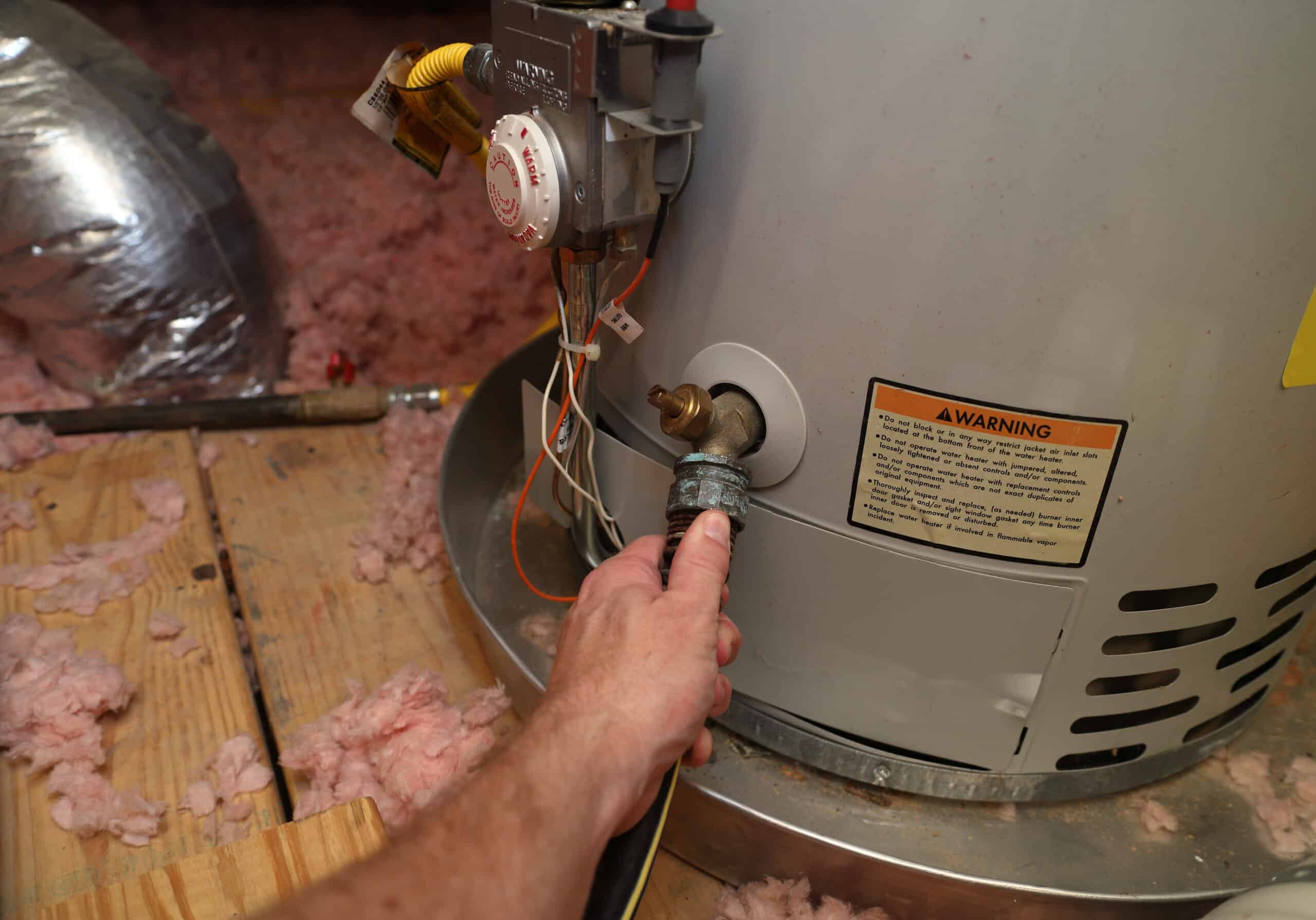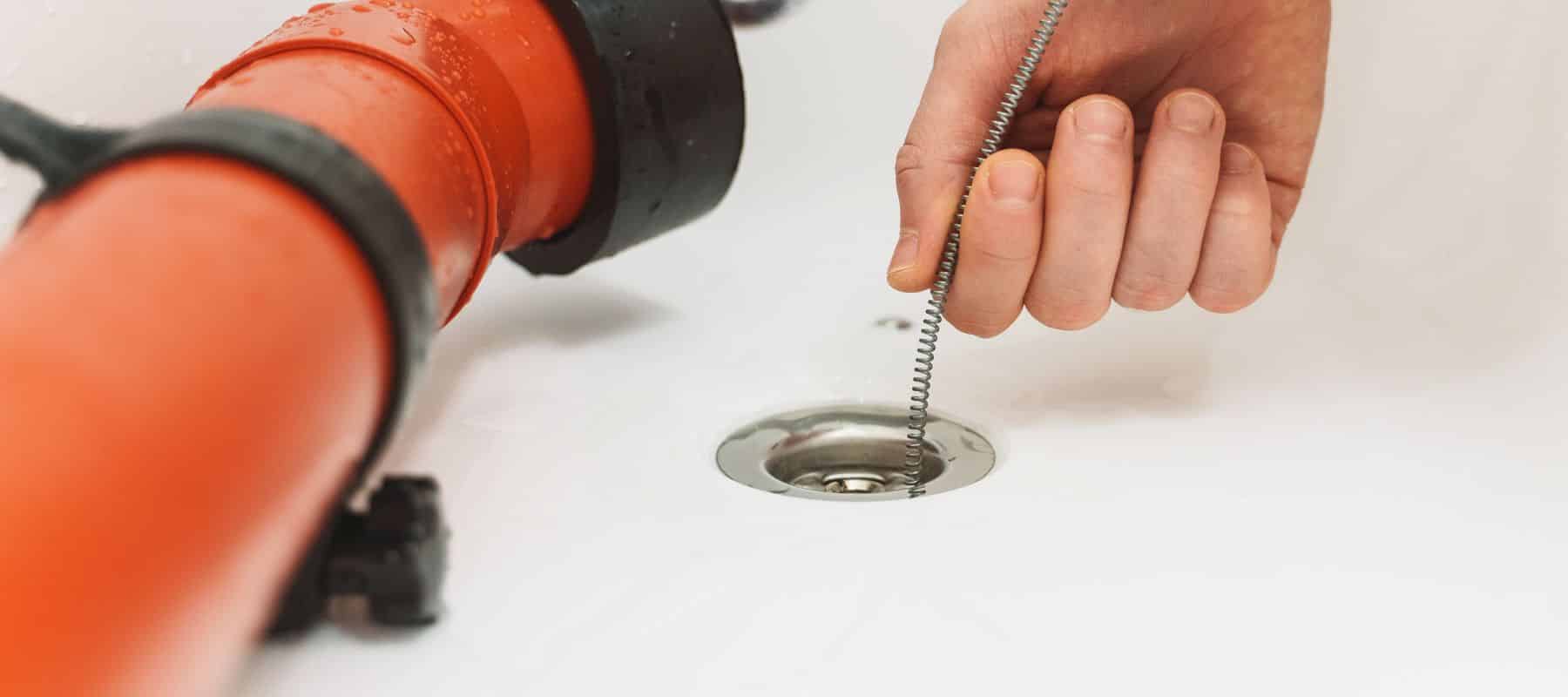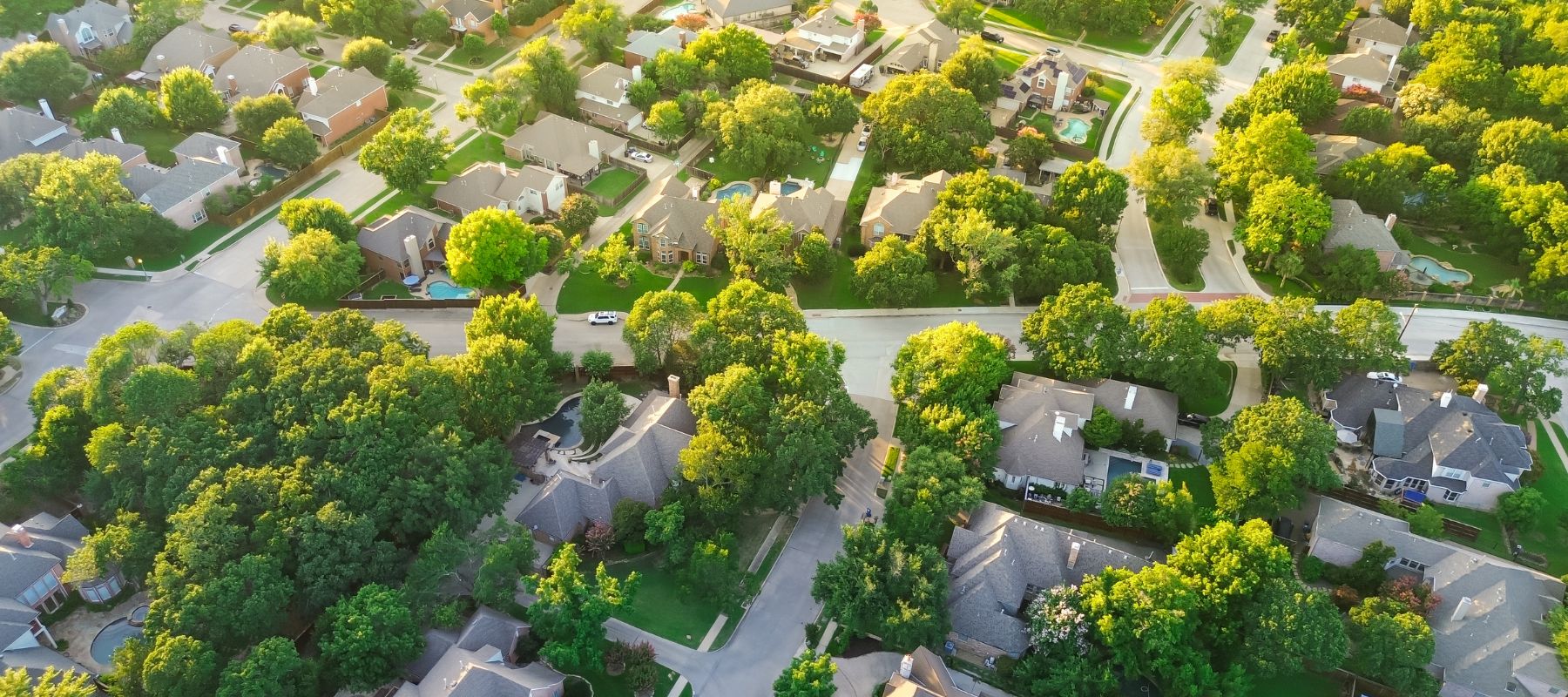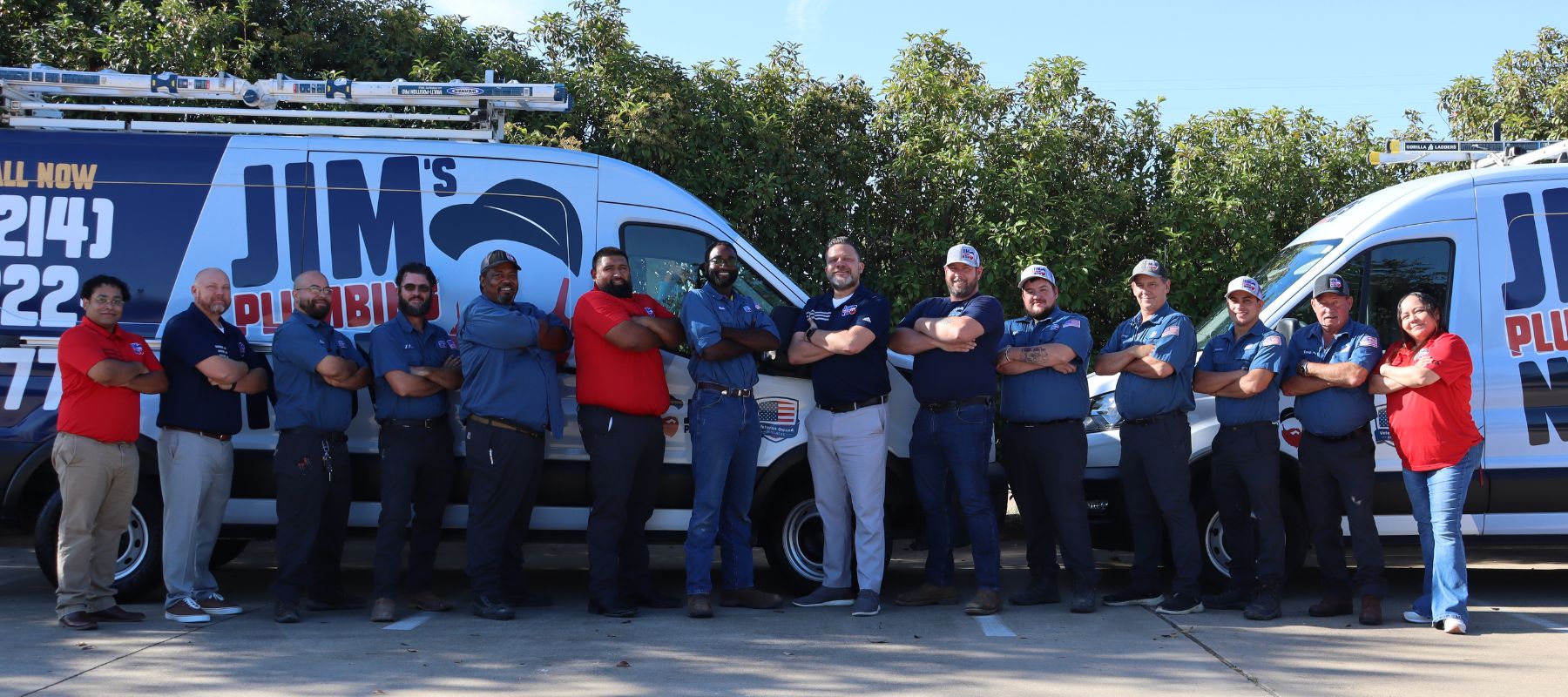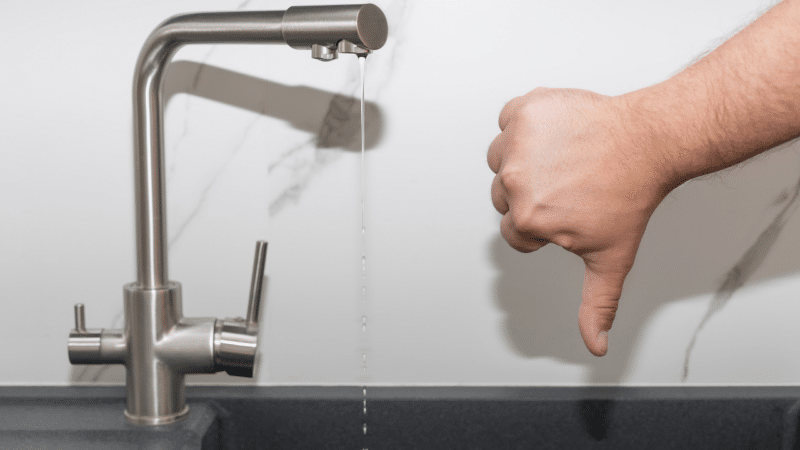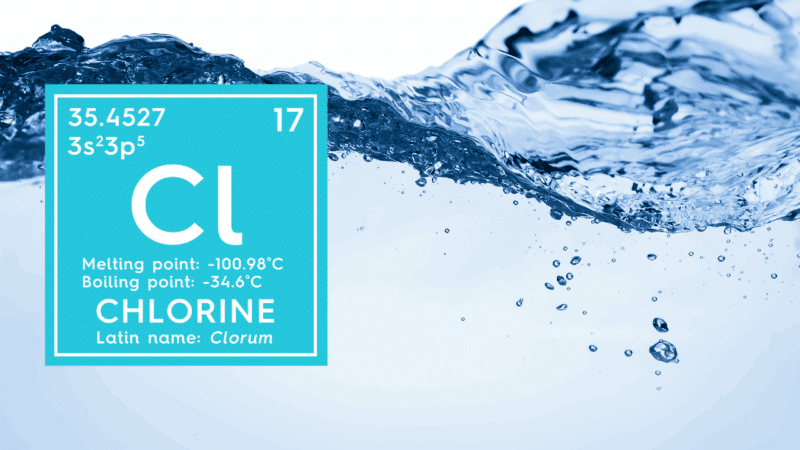In this article…
- What Are Reverse Osmosis (RO) Water Filtration Systems?
- What Are Whole-House Water Filtration Systems?
- RO Water Systems vs. Whole-House Water Filtration Systems: Which Is Better?
Whether you want to improve your home’s drinking water for better taste, healthier skin, or for less toxins, you’re shopping around for the right water filtration system for your needs.
There are two popular home water filtration systems on the market: reverse osmosis (RO) systems and whole-house filtration systems.
RO systems are individual filtration systems for one tap, while whole-house filtration systems are installed to filter and condition all water that enters your home.
Both have their own sets of pros and cons, and one option may be better for you than for your neighbor. You want to know how these water filtration systems compare to choose the best one for you, and we’re here to help.
Jim’s Plumbing Now has been the trusted Dallas and Fort Worth plumber for all your water needs, from simple repairs to whole-house repiping and water filtration systems.
Our team of expert, licensed plumbers isn’t just here to repair your plumbing, though. We’re here to provide you, your home, and your family with clean water and efficient systems.
Because your home’s water affects your health, you want to find the right water filtration system for you and understand all the details, including how it works, how much it costs, and more.
This article will compare RO water filtration systems to whole-house water filtration systems in their functionality, efficiency, benefits, and potential drawbacks so you can have a full picture of both systems and can choose the best one for you.
What Are Reverse Osmosis (RO) Water Filtration Systems?
You might have learned about the process of reverse osmosis in science class during grade school and thought you’d never encounter it again…until now.
Reverse osmosis is a process that involves pushing water through a semi-permeable membrane that then removes unwanted impurities from the water, leaving you with cleaner, better-tasting water.
The semi-permeable membrane only allows water molecules to pass through so the contaminants, like heavy metals, unwanted salts and minerals (chlorine, fluoride, sulfate), and other microorganisms.
This scientific process is one of the most thorough water filtration systems on the market, making them popular for many homeowners.
How Are RO Water Systems Installed?
RO water filtration systems are mostly used for drinking water stations for residential and commercial spaces. It’s popular to install an RO system next to the kitchen sink for easy access to purified drinking water.
Common RO systems come with a filtration system, which has pre-filters to catch debris and sediments along with the membrane to filter the water, and the storage tank to store the purified water.
These can easily be installed under sinks and faucets for a discrete and convenient filtration solution. Most opt to add a dedicated faucet strictly for RO drinking water, but these systems can still be connected to main faucets.
How Much Do RO Water Systems Cost?
The starting range to install an RO system is around $200 on the lowest and $1,000 and more on the higher end. This cost depends on various factors, like the system model, size and capacity, installation, and more.
RO systems can be purchased and installed yourself, which can save on installation costs, but this should only be performed by a skilled homeowner.
Consulting with a professional plumbing and water quality company will ensure you choose the best system for your needs and your budget and that you can receive a quality installation.
What Are the Benefits and Potential Drawbacks of RO Water Systems?
RO water filtration systems have many benefits for your home’s water health, but they aren’t without their potential drawbacks.
Some of the biggest benefits of an RO system include:
- Removes up to 99% of impurities in your water
- Better tasting water
- Affordability
- Ease of installation
- Small, discreet design and location
Some of the cons of an RO system are:
- Slow refilling of the storage tank
- Water waste (up to four gallons for every one gallon of filtered water)
- Routine maintenance for filters and membranes required
While the potential drawbacks are fairly minor, they are important to consider when deciding what type of home water filtration systems you are interested in.
Is An RO Water System Right For Me?
Now that you know more about how RO water filtration systems work, how they are installed, their cost, and a little bit about their pros and cons, is it the right filtration system for you?
Singular RO systems are great for homeowners looking to add a fresh drinking tap to their home for cleaner, better-tasting water.
This affordable solution can provide you and your family with purified water in just a few short hours with professional installation.
What Are Whole-House Water Filtration Systems?
RO systems are an ideal solution for homeowners who are most concerned with their drinking water. But what about your hair, skin, and overall health?
Whole-house water filtration systems do exactly as they are named. They provide your entire home with filtered water by filtering at the water’s point of entry to your home.
Reverse osmosis purification systems can also be whole-house filtration systems, while other models utilize numerous filter types to purify the water.
The filtration systems for whole-house purification systems typically consist of a sediment-catching filter for heavy metals, dirt, and debris, an active carbon filter to reduce chemicals, like chlorine, in the water and provide better taste, and potentially secondary filters to remove other contaminants and improve water quality.
It’s also popular to install water softeners or UV purification systems along with a whole-house filtration system for a more effective purification and cleaner water.
How Are Whole-House Water Filtration Systems Installed?
Installing a whole-house water purification system requires professional plumbing knowledge and expert installation.
The main system is installed at any point of entry where the main water line enters your home. Basements, garages, or separate utility rooms are the most common installation areas.
The main water line must be cut to install the main filtration system and all necessary fittings, then reconnected through the filtration system so that all water coming from the main water line is filtered.
Because this installation requires cutting and refitting your plumbing, which is dangerous to try to perform yourself, it’s crucial you find a trustworthy, reputable plumbing company to work with for a safe and proper installation.
How Much Do Whole-House Water Filtration Systems Cost?
The cost to install a basic water filtration system can start around $500 to $1,000 with no add-ons. For more complex filtration systems with water softeners, UV purification systems, and reverse osmosis systems, expect to pay closer to $2,000 – $5,000 as a starting point.
Unlike singular RO systems, whole-house filtration systems are not a DIY solution, so it’s important to factor in the cost of labor, installation, and warranty.
What Are the Benefits and Potential Drawbacks of Whole-House Water Filtration Systems?
Investing in a whole-house water filtration system offers many benefits, more than just better-tasting drinking water.
It improves the quality of all water throughout your home, meaning the water you use to shower, brush your teeth, and wash your clothes and dishes is cleaner.
Other major benefits of these filtration systems are:
- Extended lifespan of your home’s plumbing
- Convenience of clean water at every tap
- Low-maintenance and long-lasting filtration
- Cost-effective in reducing the need for plastic water bottle usage
But, there are a few potential drawbacks to keep in mind if you’re considering investing in one of these systems, like:
- More expensive upfront costs
- Complex installation and no DIY solutions
- Potential waste of drinkable water (ie, flushing toilets, watering gardens)
- May not remove specific contaminants, like nitrates or bacteria
Understanding both the top pros and potential cons of a whole-house filtration system is essential before deciding whether it’s right for you.
Is A Whole-House Water Filtration System Right For Me?
Now that you have an overall picture of how whole-home filtration systems work, their installation requirements, cost, and pros and cons, you have a better idea of whether this is the right water filtration system for you.
Whole-house filtration systems are ideal for homeowners who don’t just want cleaner drinking water but cleaner water for everyday use, such as showering, washing dishes, and brushing teeth.
Filtered water coming from every tap will ensure you won’t have to worry about using a specific faucet for consumption and can reap the benefits for your skin, hair, and overall health for years.
RO Water Systems vs. Whole-House Water Filtration Systems: Which Is Better?
After outlining how both RO and whole-house filtration systems work, how they must be installed, what they cost, benefits and potential drawbacks, you can now move forward with your research to find which water filtration system is right for you.
If you’re interested in better-tasting, convenient drinking water and want to improve the overall quality of your water, both filtration systems can provide. However, they do have their differences in operation and how they filter.
Singular RO filtration systems are typically for drinking water taps only and can be installed easily under the kitchen sink. This system will provide you with clean drinking water on demand by using reverse osmosis to remove debris, heavy metals, and unwanted chemicals in your water.
Whole-house filtration systems are installed on your main water line to filter all water that enters your home, meaning every tap will have clean, filtered water that is drinkable. These systems do require complex installation by a professional plumber but leave you with worry-free, filtered potable water.
Some whole-house filtration systems also utilize reverse osmosis for filtering, which can provide an extra level of cleanliness and better taste to your water.
- RO systems are best suited for homeowners most interested in adding a filtered drinking tap to their home or possibly a DIY installation for filtered water.
- Whole-house filtration systems are best for homeowners who want to improve all water quality in their home, including water for bathing, washing dishes, and more.
Adding any sort of water filtration system to your home is a step in improving your health, and finding the best solution for you all depends on your wants, goals, and needs.
Our team at Jim’s Plumbing Now is here to help educate you about the different types of water filtration systems and guide you to the best solution. We offer and install HALO Whole-House Water Filtration Systems to provide you with the best purification system that will last.
However, education is our number one priority, and when it comes to your health and the quality of your water, understanding what’s in your water is crucial.
To learn more about how water filtration systems work and what’s in your water, check out this article that details how your water quality is tested, what it tests for, and what to look out for that may indicate you need a water filtration system.

